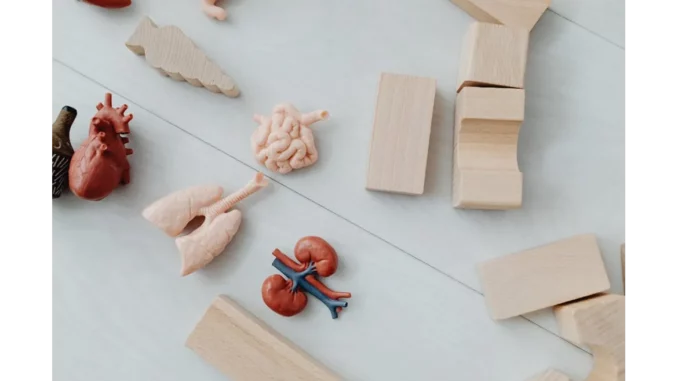
In a recent dialogue with Dr. Laura Collins, an esteemed expert in immunology, the intricacies of our body’s defence mechanisms against kidney infections were laid bare. Dr. Collins has been closely following the groundbreaking study led by Dr. Andrew P. Stewart and his team at Cambridge University, which has unearthed fascinating insights into how our bodies fend off infections. The study, published in the prestigious journal Science Translational Medicine, explores the pivotal role of neutrophil extracellular traps (NETs) in safeguarding the kidneys from the bacteria that frequently cause urinary tract infections (UTIs).
Dr. Collins began by highlighting a common misconception: “Urinary tract infections are remarkably prevalent, yet they seldom progress to affect the kidneys. The underlying reasons for this have long remained a mystery.” This statement set the stage for a discussion that delved into the complex biological defences at play. The study sheds light on these defences, with NETs emerging as vital components. Dr. Collins likened these to “nature’s microscopic webs,” a vivid metaphor that captures their essence.
Illustrating further, she described NETs as akin to a spider’s web but on an almost imperceptible scale. Neutrophils, a type of immune cell, release their DNA and proteins to form these sticky meshes in a process known as NETosis. Upon detecting a bacterial threat, these structures are activated to trap bacteria attempting to migrate from the bladder to the kidneys. “It’s quite remarkable,” Dr. Collins noted, “how these structures are present in healthy individuals, poised to act when required.”
The study specifically focused on E. coli, the bacterium most commonly behind UTIs. According to Dr. Collins, “Stewart and his team found that while NETs may not prevent the initial occurrence of a UTI, they are crucial in halting the infection’s progression deeper into the urinary tract.” This finding underscores the efficacy of our body’s evolved immune responses, which ensure that, despite the high global incidence of UTIs—estimated by the World Health Organization to affect hundreds of millions annually—kidney infections remain relatively rare.
An intriguing facet of the research revolves around the protein uromodulin, which collaborates with NETs to enhance their bacterial-trapping capabilities. Dr. Collins explained, “This protein forms even more formidable webs with NETs, capturing and neutralising bacteria with increased efficiency.” The study also revisited the leukocyte esterase dipstick test, a common diagnostic tool for UTIs. Traditionally thought to measure the overall neutrophil count, Stewart’s research indicates that it may, in fact, detect neutrophils that have released NETs, thus reshaping our understanding of the test’s functionality and reliability.
As our conversation drew to a close, Dr. Collins reflected on the broader implications of these findings. “Understanding NETosis and its role in urinary tract infections not only enriches our knowledge of immunology but also paves the way for innovative therapeutic strategies,” she stated. By harnessing or emulating these natural defence mechanisms, there is potential to develop more effective treatments to combat severe infections.
The insights shared by Dr. Collins illuminate the sophisticated interplay of biological processes that preserve kidney health. It serves as a powerful reminder of the remarkable, often unseen, efforts our bodies undertake daily to shield us from harm. As we concluded our discussion, there was a renewed appreciation for these microscopic guardians, whose diligent work within our bodies exemplifies the profound impact even the smallest structures can have on our health and well-being.


Be the first to comment